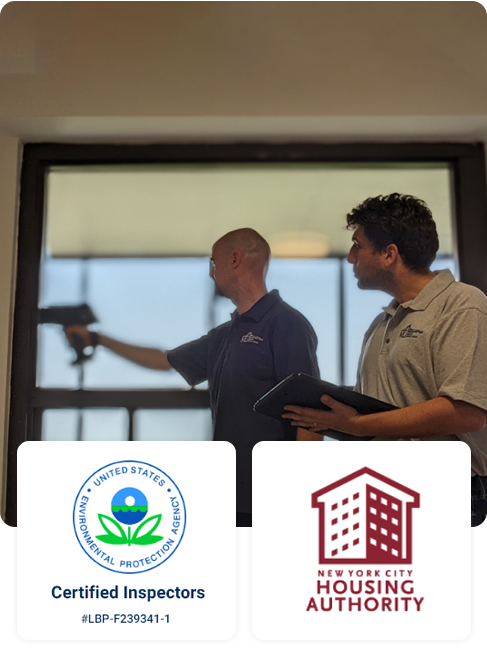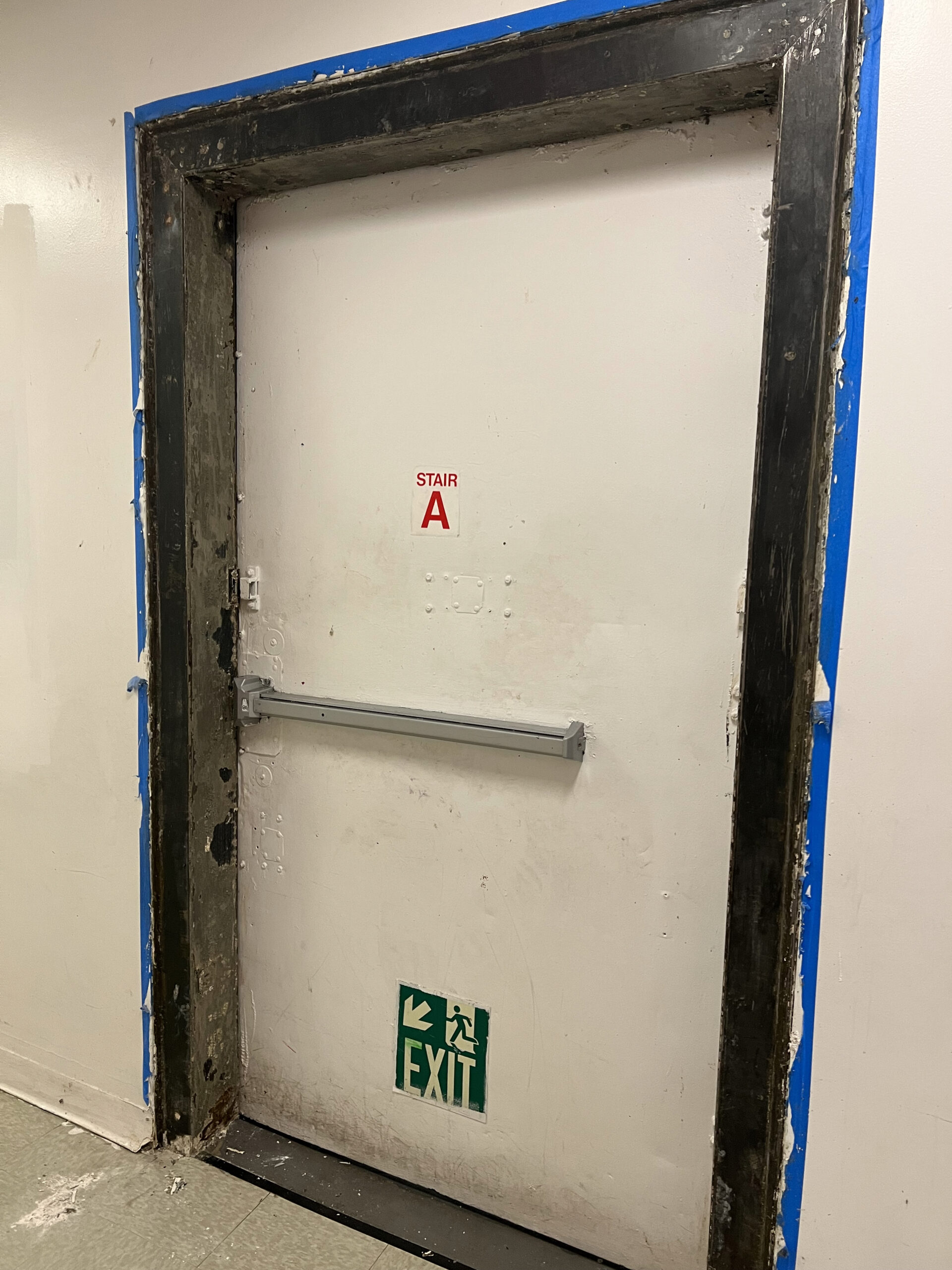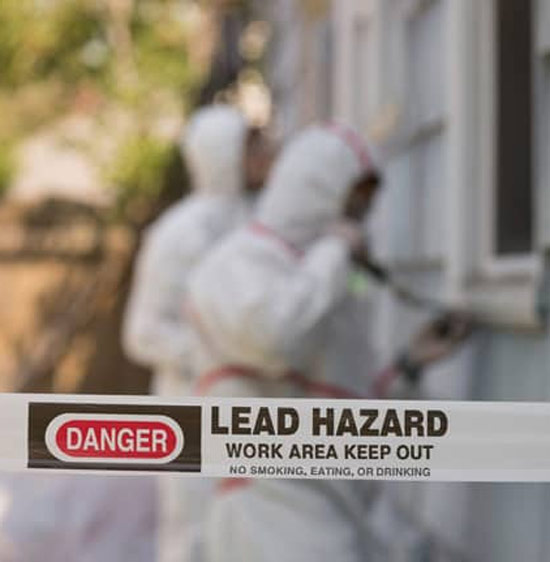Important Devices and Techniques for Efficient Lead Infraction Clean-up
Resolving lead offenses properly necessitates an extensive approach that blends the right devices with strategic methods. Concurrently, the usage of specialized cleaning tools, such as HEPA vacuum cleaners and lead-specific cleansing representatives, is vital for complete contaminant removal. Reliable control methods, consisting of plastic sheeting and negative air stress systems, are important to stop the spread of dangerous materials.
Personal Protective Tools
Individual safety tools (PPE) is a crucial component in the effective management of lead contamination cleanup. The important PPE for lead cleanup includes respirators, safety apparel, handwear covers, and eye defense.
Respirators, specifically those outfitted with HEPA filters, are indispensable for filtering system air-borne lead bits, stopping inhalation. Proper fit and seal checks are crucial to guarantee their performance. Safety clothes, including coveralls and non reusable matches, stops lead dust from adhering to employees' garments, decreasing the risk of second contamination. Handwear covers, usually made of nitrile or latex, shield the skin from direct call with lead, while safety and security goggles or full-face shields protect the eyes from dirt and particles.
Additionally, rigorous training on the proper usage and upkeep of PPE is necessary. Workers should be enlightened on putting on and doffing treatments to prevent contamination. Normal evaluations and substitutes of PPE components are needed to maintain their protective capacities, guaranteeing a secure and compliant clean-up procedure.
Specialized Cleanup Devices

An additional essential device is the wet/dry vacuum cleaner, which can efficiently tidy up both dirt and liquid pollutants. These vacuum cleaners frequently feature HEPA filters to provide an extra layer of safety and security. Wet cleans or tack towels are also vital for surface cleaning; they are particularly made to capture and hold lead bits, reducing the risk of spreading out contamination.
For even more stubborn deposits, specialized lead-removal cleansing representatives are called for. These agents are developed to break down lead fragments, making them less complicated to remove. Scrub brushes with durable bristles can help in this process, particularly on harsh surface areas where lead dirt often tends to adhere a lot more strongly.
Additionally, encapsulants are utilized to secure lead-contaminated surface areas, preventing the release of lead dust. These specialized paints and layers are designed to stick to various substratums, providing a long-term solution for lead containment.
Effective Control Approaches
Efficient containment methods are crucial in minimizing the spread of lead contamination during cleanup tasks. Carrying out robust control methods ensures that lead fragments do not migrate to untouched locations, thereby shielding both workers and the environment (DOH & HPD Lead Violation Removal NYC).

To improve containment, encapsulants can be used to surfaces that are not being gotten rid of or disrupted. These specialized coverings bind lead dust, lowering its accessibility for resuspension. In addition, all workers should wear ideal Personal Safety Devices (PPE), consisting of respirators and disposable matches, to avoid contamination spread.
Safe Disposal Practices
Guaranteeing risk-free disposal techniques is an important part in the management of lead contamination clean-up. Correct disposal minimizes the risk of lead returning to the atmosphere and jeopardizing public health (DOH & HPD Lead Violation Removal NYC).
Carrying lead waste needs adherence to rigorous standards. Making use of licensed contaminated materials providers makes sure that the products are taken care of sensibly. Documentation, including manifests detailing the type and quantity of waste, ought to accompany shipments to track the waste from the site of origin to its final disposal destination.
Designated contaminated materials disposal facilities are equipped to handle lead-contaminated materials securely. These centers often employ innovative approaches such as stablizing, solidification, or chemical therapy to counteract the that site lead prior to disposal. Landfilling in specialized, lined areas that stop leachate from polluting groundwater is a typical practice for final disposal.
Regular training for employees associated with lead garbage disposal is vital to maintain security requirements and avoid unintentional exposure. By sticking to these methods, organizations can significantly reduce the ecological and health and wellness effects related to lead contamination.
Regulatory Conformity Tips

Following regulative compliance is extremely important in the effective execution of lead contamination cleaning. Comprehending and complying with government, state, and neighborhood policies ensures not just the security and wellness of individuals however also the legal and financial wellness of the cleanup company. The Environmental Protection Firm (EPA) sets rigorous requirements, such as the Lead Improvement, Repair Work, and Paint (RRP) Guideline, which mandates correct accreditation and training for contractors dealing with lead-based tasks.
Conformity starts with a complete analysis of applicable legislations and guidelines. Organizations should remain updated on any kind of legal modifications, which can be helped with via regular training sessions and signing up for industry updates. Documents is one more essential conformity aspect; keeping thorough records of all activities, consisting of evaluation reports, staff member training logs, and disposal manifests, is essential.
Moreover, involving with accredited lead assessors or run the risk of assessors makes sure that lead dangers are correctly identified and minimized. Companies need to impose using Personal Safety Devices (PPE) and guarantee that safety and security protocols are strictly followed. Clear communication with stakeholders, including staff members, clients, and regulatory bodies, will certainly promote a society of compliance useful link and accountability, inevitably adding to a much safer and more effective lead clean-up procedure.
Final Thought
Effective lead violation cleaning requires the assimilation of specialized devices and tactical methodologies to make certain security and efficacy. Using HEPA vacuums, specialized cleansing agents, and reliable containment approaches such as plastic sheet and negative air stress systems is imperative. Individual protective devices (PPE) safeguards workers from exposure, while secure disposal methods and rigorous adherence to regulative conformity are necessary for responsibly taking care of dangerous waste. Jointly, these procedures significantly alleviate health threats and add to a cleaner setting.